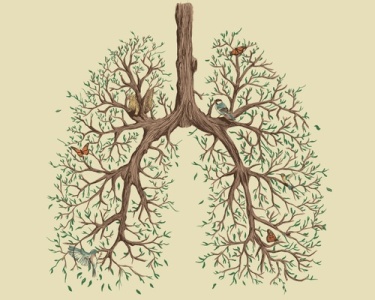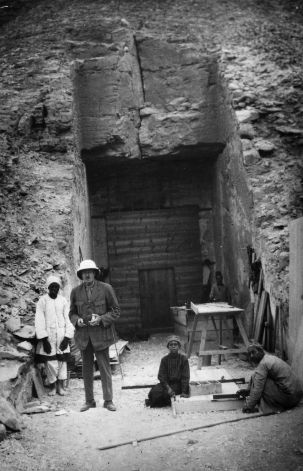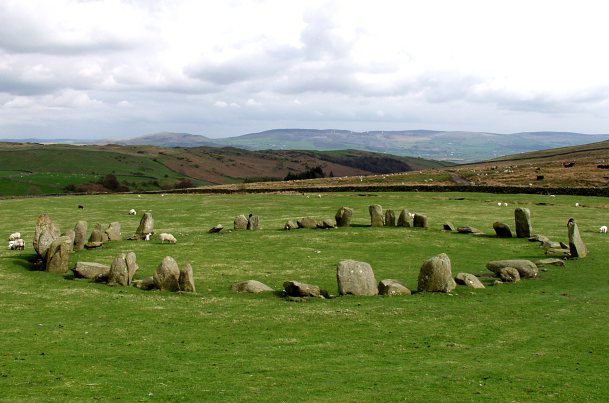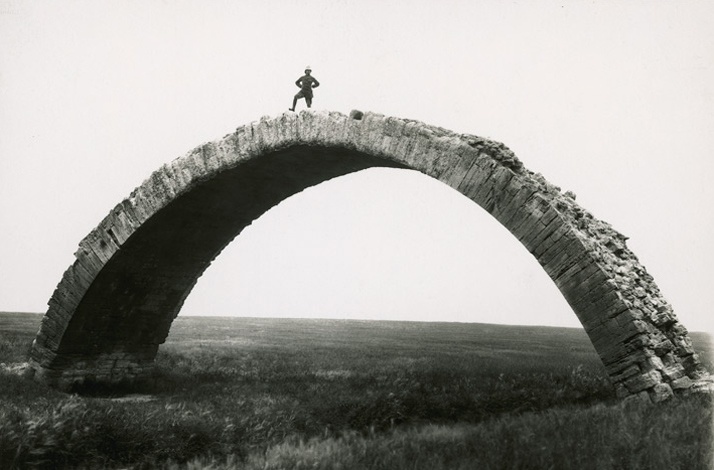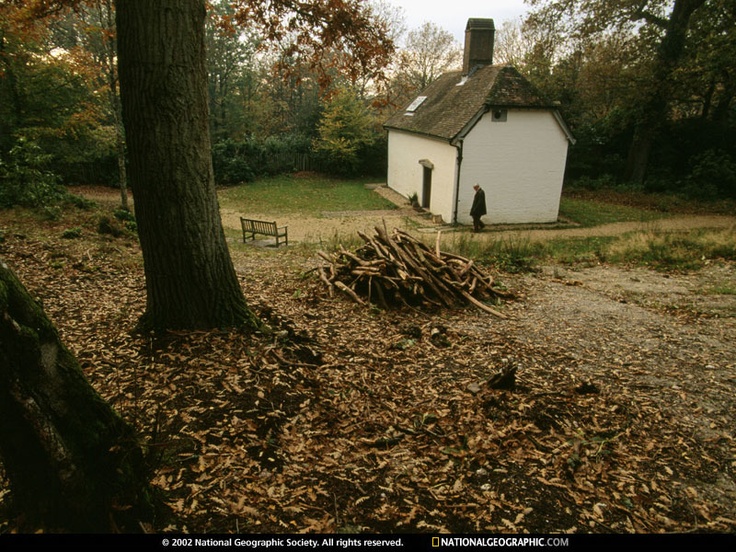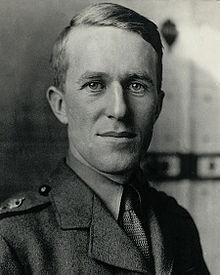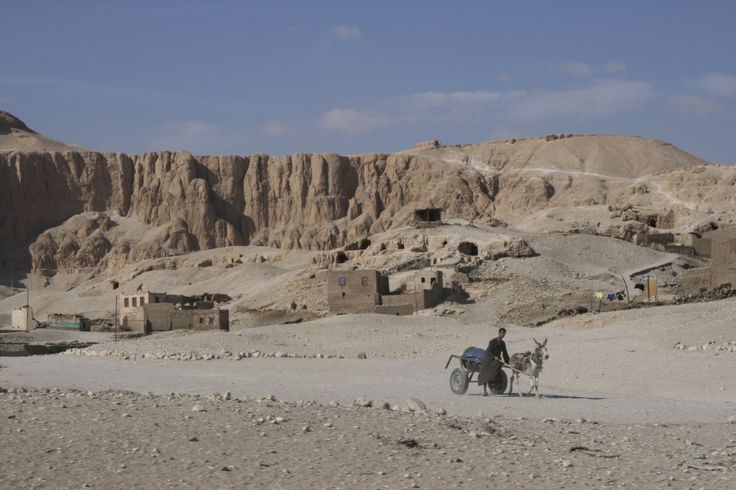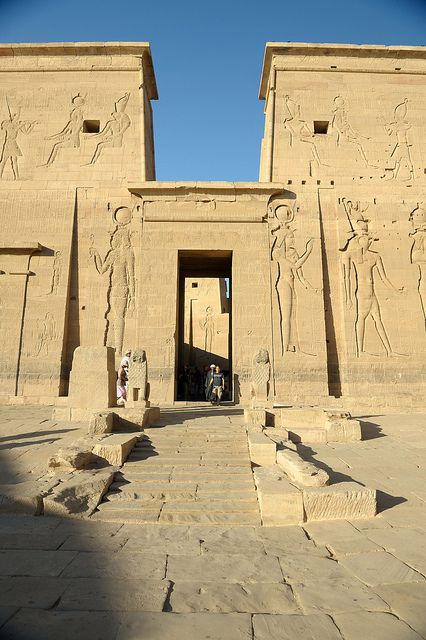ESPAÑOL INGLÉS
PALABRA O FRASE, Nº501
‘ESPECIALMENTE’ adverbio
1 (sobre todo) ESPECIALLY: Eso pasa especialmente en verano, that happens especially in summer.
2 (expresamente) SPECIALLY: Un traje diseñado especialmente para la boda, a suit desingned specially for the wedding.
3 (en particular) PARTICULARLY: Estoy especialmente contento, I’m particularly happy.
Thomas Edward Lawrence
Thomas Edward Lawrence, más conocido como Lawrence de Arabia (Tremadoc, Gales, Reino Unido, 16 de agosto de 1888 – cerca de Wareham, Dorset, Inglaterra, Reino Unido, 19 de mayo de 1935), fue un militar, arqueólogo y escritor británico. Es conocido por su notable papel de enlace durante la revuelta árabe contra el dominio otomano durante la I Guerra Mundial.
Infancia y juventud
T. E. Lawrence nació en «Gorphwysfa», la casa familiar en Tremadog, Caernarfonshire (actual Gwynedd), Gales. Era hijo ilegítimo de Sir Thomas Robert Tighe Chapman, un pequeño terrateniente irlandés que abandonó a su mujer y a sus cuatro hijas para marcharse con la madre de Lawrence, Sarah Junner, institutriz de las niñas. La nueva pareja tuvo cinco hijos. Segundo de cinco hermanos, durante su infancia la familia se trasladó varias veces de domicilio entre Irlanda, Inglaterra, Gales, Escocia y Francia, terminando esa vida nómada en Oxford, donde la familia se asentó definitivamente.
Lawrence tenía una apariencia menuda, medía 1,66 m, era de complexión delgada, con una gran cabeza y un aspecto frágil.
Se matriculó en el Jesus College de la Universidad de Oxford, donde se graduó como historiador (1910), con una notable tesis titulada La influencia de las Cruzadas en la arquitectura militar europea (The influence of the Crusades on european military architecture), publicada después de su muerte con el título de Crusader Castles.
Influido por su profesor David George Hogarth, un arqueólogo especialista en Oriente Medio, viajó hasta Siria en junio de 1909 para trabajar en los yacimientos hititas de Karkemish, a orillas del río Éufrates. Fue allí, recorriendo un total de 1400 km a pie durante cuatro años, donde comenzó a conocer la zona, la lengua y las costumbres de sus gentes. Su principal afición en esos tiempos consistía en dibujar las edificaciones militares de origen cruzado.
Gracias al ejercicio físico constante, transformó su delgada figura adquiriendo una complexión resistente y de aspecto atlético, de la cual se enorgullecía.
Oficial de inteligencia
Este conocimiento de la región llamó la atención del servicio secreto, para el que Lawrence empezó a trabajar en enero de 1914.
En febrero de ese mismo año Lawrence se unió a la expedición arqueológica de Leonard Woolley y al capitán Stewart Newcombe para una prospección de la península del Sinaí, patrocinada por la Palestine Exploration Fund.
Oficialmente, la expedición pretendía estudiar el éxodo de los judíos desde Egipto, pero el objetivo real de la expedición era proveer de una respetable apariencia a la actividad «investigadora» de Lawrence, en realidad destinada a obtener información sobre el ejército otomano presente en la región.
Al estallar la Primera Guerra Mundial (julio de 1914), Lawrence ingresó en la Geographical Section of the General Staff (GSGS), primero como civil y más tarde como segundo teniente e intérprete (2nd Lieutenant-Interpreter), y en noviembre fue destinado a El Cairo, a la oficina de Inteligencia. Su trabajo consistía en cartografiar mapas y en entrevistar a potenciales agentes de inteligencia.
Aunque era indisciplinado y un soldado poco convencional, sus superiores y sus compañeros quedaron sorprendidos por su mente ágil, su entusiasmo por el trabajo y su «extraordinaria capacidad para salirse con la suya calladamente». Lawrence fue condecorado el 18 de marzo de 1916 con la Legión de Honor por su admirable trabajo en la oficina de Inteligencia.
En abril de 1916 fue enviado a Kut al-Imara (Irak), donde los turcos asediaban al ejército inglés del general Townshend, en misión secreta: sobornar al comandante de las fuerzas turcas, Halil Pasa, con un millón de libras para que levantara el sitio y, de paso, sondear la disposición de las tribus árabes para rebelarse contra los turcos.
Fracasó en ambas misiones y regresó a la oficina de El Cairo.
==================================EN INGLÉS=====================================
THOMAS EDWARD LAWRENCE
Thomas Edward Lawrence, better known as Lawrence of Arabia ( Tremadoc , Wales , United Kingdom , August 16 of 1888 – near Wareham , Dorset , England , UK, May 19 of 1935 ), was a military , archaeologist and writer British . It is known for its notable liaison role during the Arab Revolt against Ottoman rule during the First World War .
Early life
TE Lawrence was born in ‘Gorphwysfa’ family house in Tremadog, Caernarfonshire (now Gwynedd ), Wales . He was the illegitimate son of Sir Thomas Robert Tighe Chapman, a small Irish landowner who left his wife and four daughters to leave Lawrence’s mother, Sarah Junner, governess of the girls. The new couple had five children. Second of five brothers, during childhood the family moved home several times between Ireland , England , Wales , Scotland and France , ending the life nomadic in Oxford , where the family finally settled.
Lawrence had a petite appearance, measuring 1.66 m, was slightly built, with a large head and a fragile appearance.
He enrolled at the Jesus College of Oxford University , where he graduated as a historian ( 1910 ), with a remarkable thesis entitled The influence of the Crusades on European military architecture (The Influence of the Crusades on european military architecture), he published after his death with the title of Crusader Castles .
Influenced by his teacher David George Hogarth , a specialist archaeologist in the Middle East , traveled to Syria in June 1909 to work in the fields Hittites of Carchemish , on the banks of the Euphrates River . It was there, covering a total of 1400 km walk for four years, where he began to know the area, language and customs of the people. His main hobby at the time was to draw the cross-origin military buildings.
Thanks to constant exercise, transformed her slim figure acquiring a sturdy build and athletic-looking, which boasted.
Intelligence Officer
This knowledge of the region called the attention of the Secret Service, for which Lawrence began work in January 1914 .
In February of that same year Lawrence joined the archaeological expedition of Leonard Woolley and Captain Stewart Newcombe for a survey of the Sinai Peninsula , sponsored by the Palestine Exploration Fund .
Officially, the expedition aimed to study the exodus of the Jews from Egypt , but the real purpose of the expedition was to provide a respectable appearance to the activity “research” of Lawrence, in reality destined to find information about the Ottoman military presence in the region .
At the outbreak of World War I (July 1914 ), Lawrence joined the Geographical Section of the General Staff (GSGS), first as a civilian and later as a second lieutenant and interpreter (2nd Lieutenant-Interpreter), and in November he was assigned to Cairo , to the office of Intelligence. His job was mapping maps and interviewing potential intelligence agents.
Although it was undisciplined and an unconventional soldier, his superiors and his companions were you surprised by his quick mind, his enthusiasm for work and his “extraordinary ability to get away with it quietly.” Lawrence was awarded on March 18, 1916 with the Legion of Honor for his outstanding work in the office of Intelligence.
In April 1916 he was sent to Kut al-Imara ( Iraq ), where the Turks were besieging the English army of General Townshend, on a secret mission: to bribe the commander of the Turkish forces, Halil Pasa, with a million pounds to lift the site and, incidentally, to probe the arrangement of the Arab tribes to revolt against the Turks.
He failed in both missions, and returned to the office in Cairo.

